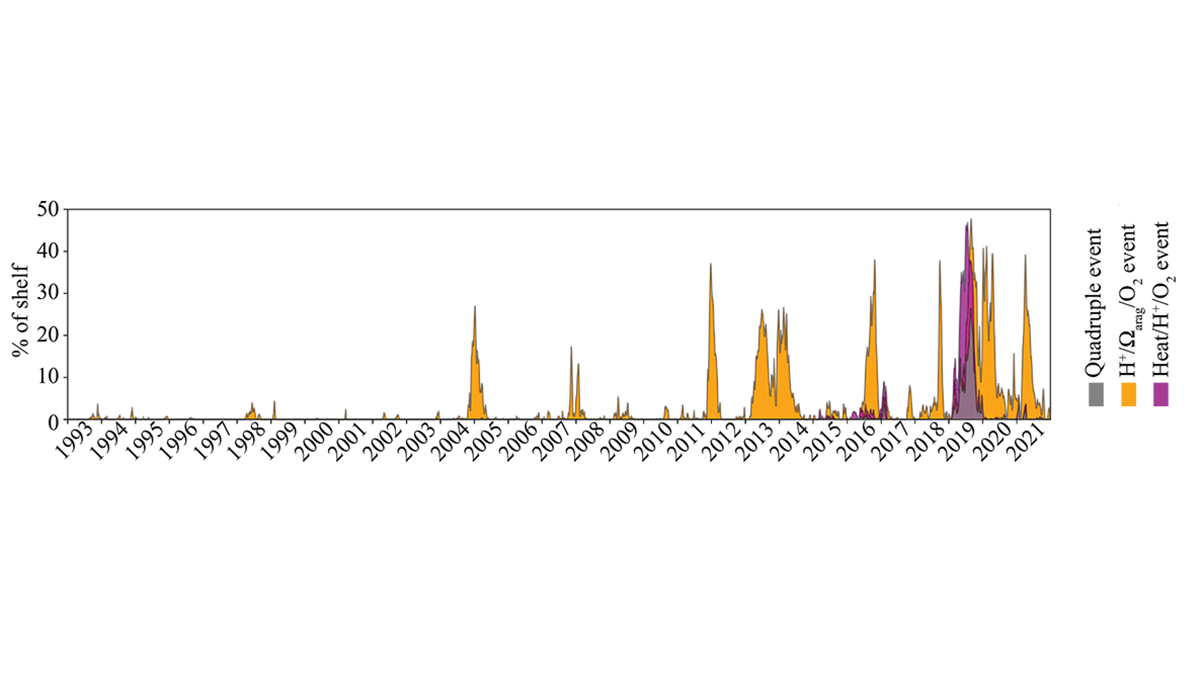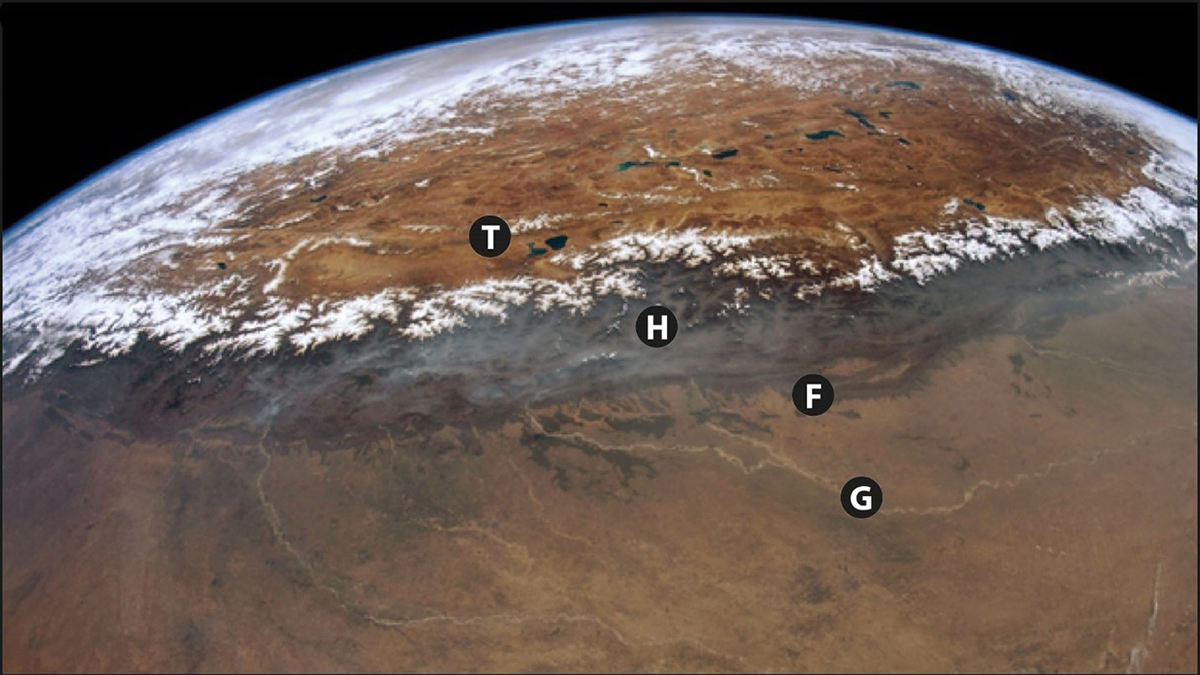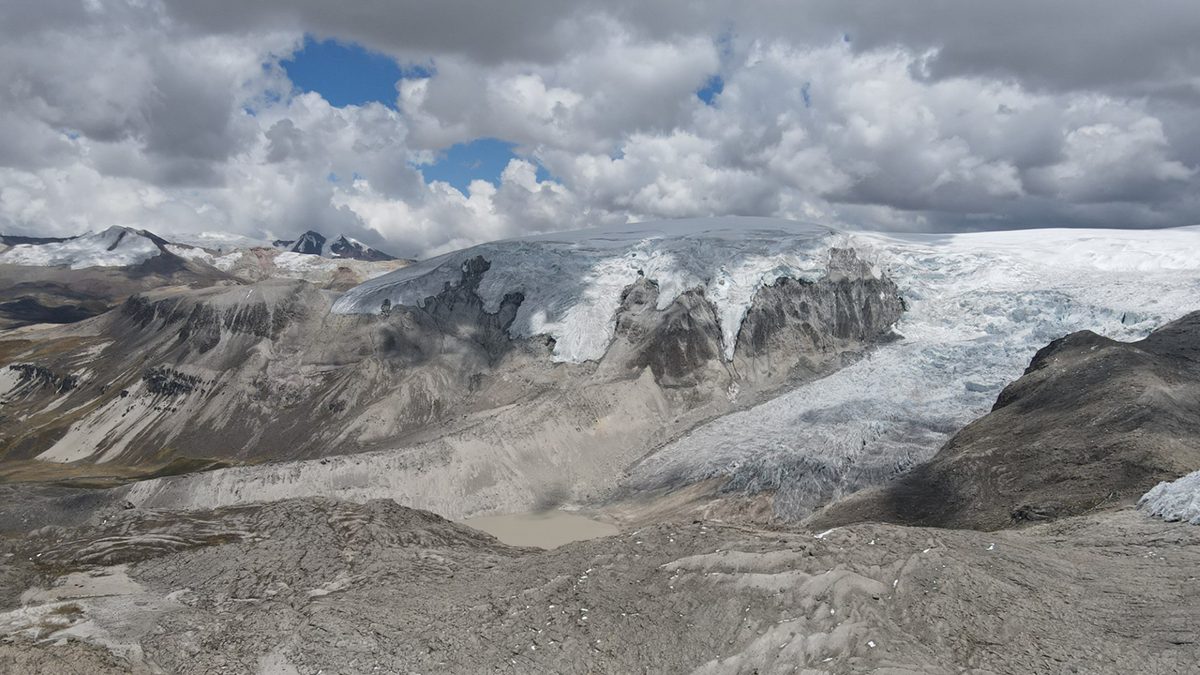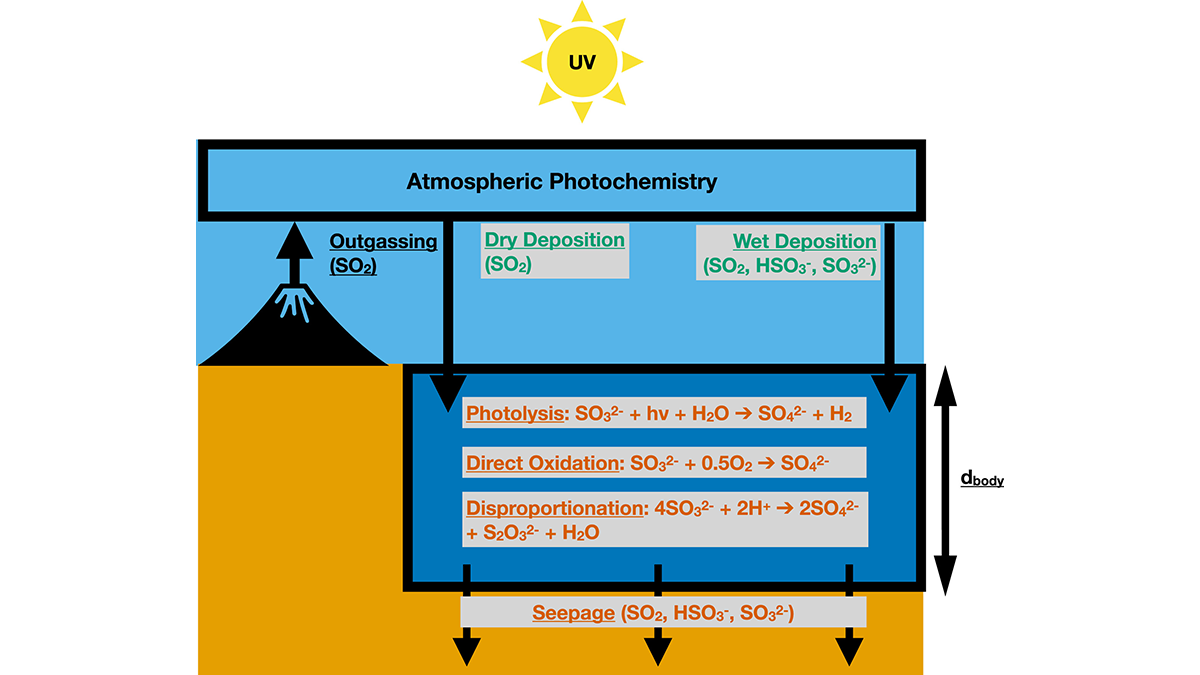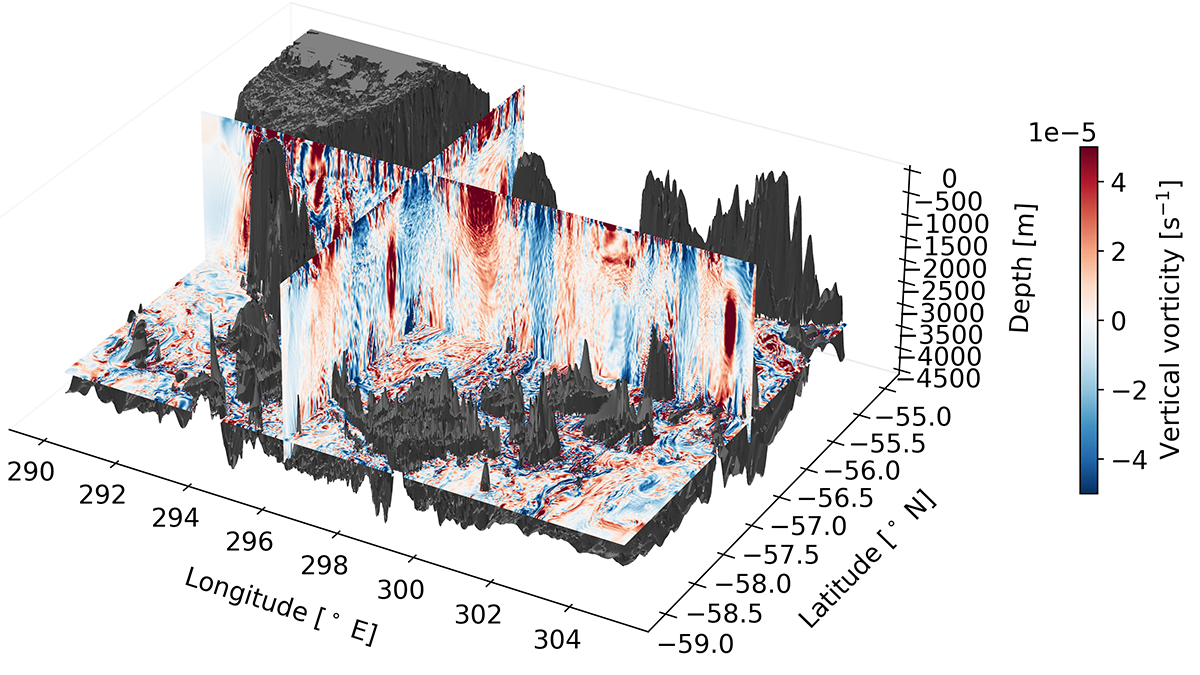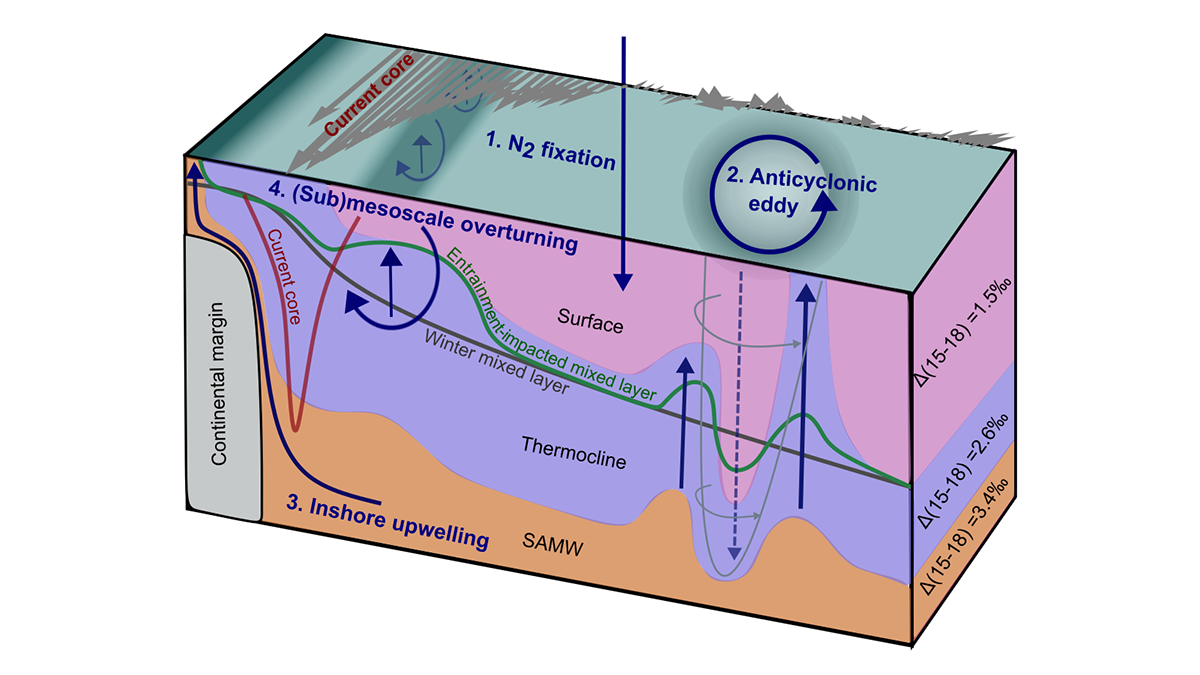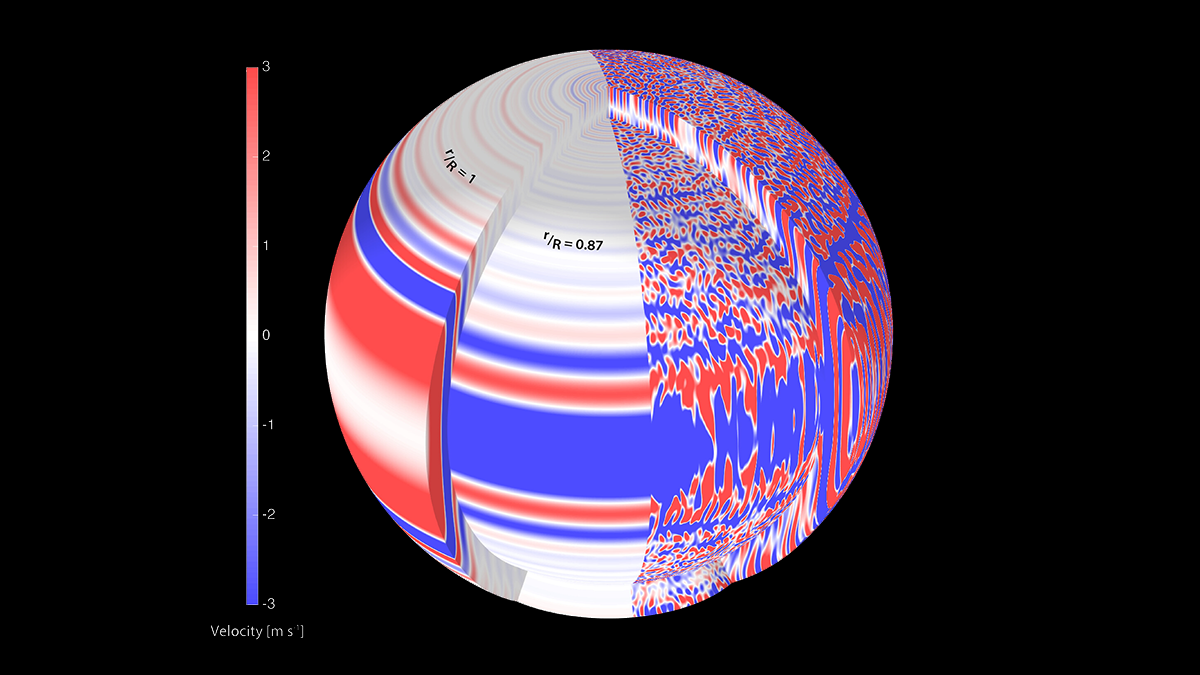Short-term extreme marine heat wave events superimposed on stressors from longer-term climate change produce compound extreme events that impact the Gulf of Alaska ecosystem.
Editors’ Highlights
How Good a Recycler is the Himalaya?
Researchers use sediment recycling to their advantage to calculate how fast the hills at the front of the Himalaya are eroding based on the concentration of rare elements in river sands.
Law and Order for Friction and Faults: One Law to Rule Them All
Faults are made of complex materials with complex behaviors, and having a single model that can predict these behaviors is an advance in understanding deformation and the earthquake cycle.
Modeling Braided Rivers in Presence of Exotic Weeds and Dams
Numerical modeling can help with identifying the combined effects of weed growth, flood frequency, and magnitude on gravel bed rivers.
Plants Reveal the History of Earth’s Largest Tropical Ice Cap
Rooted plants buried by advancing outlet glaciers illustrate rapid changes in the extent of Quelccaya Ice Cap in Peru during the Holocene.
New Constraints on Sulfur Cycling in the Prebiotic Earth
Experiments constraining rates of aqueous reactions and photolysis coupled with a global model constrain the abundance and chemical speciation of sulfur in early Earth’s atmosphere and oceans.
Overturning Ocean Water by Turbulence
A high-resolution regional model of the Southern Ocean reveals how topographically induced mixing in the abyss is important in creating the water masses that can upwell back up to the surface.
How Nutrients Get Back Up to the Surface Ocean
A new dual isotope tracer technique is used to assess the role of a number of poorly understood nutrient supply mechanisms fueling biological productivity in the ocean.
A Wider and Deeper View of Jupiter’s Jets
The mid-latitude jets on Jupiter are driven by turbulence that arises, in part, from deep cells, consistent with Juno microwave and gravity observations.
Do Some Cratons Have Soggy Bottoms?
Long-persistent stable cratons bear much of the deep-time geologic record, and a new study combines seismic and petrological data to reveal how interactions with mantle fluids can shape their evolution.

